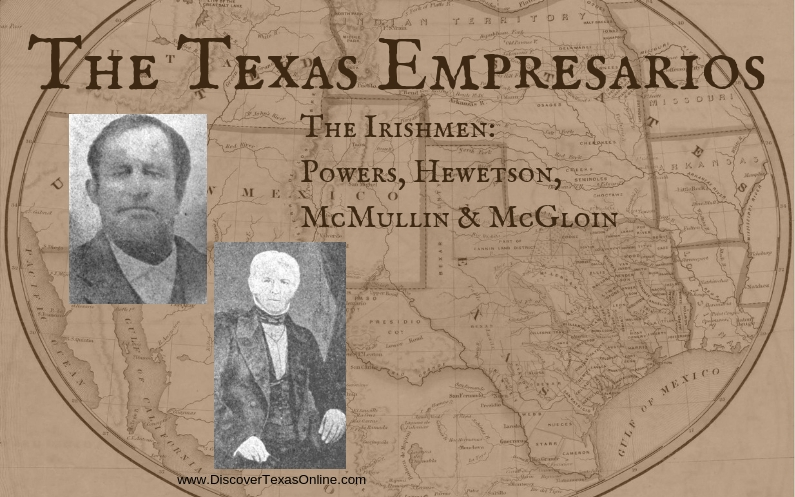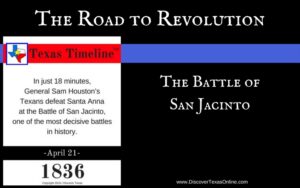
Between 1750 and 1830, the population of Ireland tripled. This fact alone would have created a challenge since the size of the tiny island shared by so many people did not change, but to make matters worse, the families having the babies were overwhelmingly young and poor. Economic depression, crop failures due to bad weather, and deadly epidemics drove many to take the desperate risk of emigration.
One early Irish emigrant, James Hewetson, was living in Monclova, Mexico when the opportunity to colonize Texas began. He had ties with a friend in Ireland, James Power. Together they had an interesting proposition for the legislature of Coahuila y Tejas. The legislature had never granted permission to colonize the Texas coastlands. They feared that Anglo-American colonies along the borders with the United States would tempt their giant neighbor to the north take advantage and encroach on Mexico’s territory. Mexico must retain control of the coasts–the bays, harbors, and the mouths of the great rivers–in order to secure their hold on Texas. But Mr. Hewetson was already a Mexican citizen and a Catholic, and Mr. Power was an Irishman. They proposed to settle ten leagues of coastal land between the Guadalupe River and La Vaca Creek with 400 Catholic families of good moral character. Half of the families would be native Mexicans, and the other half natives of Ireland. The legislature agreed, and on June 11, 1828, Powers and Hewetson became the first Irish empresarios.
Irishmen John McMullen and James McGloin followed in August 1828, securing permission to bring 200 Irish families to settle ten leagues of coastal land between the Nueces and Medina rivers.
Hewetson began to enlist Hispanic families while Power, McMullen, and McGloin recruited families in Ireland. Lured by the promise of large tracts of land they could own outright rather than paying rents to an overlord, hundreds of desperate Irish families and single men were willing to risk the dangers of ocean travel and hard work in a pioneer country. But plagued with bad weather, some were unable to land in Texas and were put ashore, instead, at New Orleans. There as many as 150 of the colonists contracted cholera and died. Others battled cholera once they reached Texas. Too late, the empresarios realized that the single men they’d enlisted did not meet the requirement for “families”, though some intermarried with the daughters and widows of Mexican colonists once they arrived. A few discouraged immigrants gave up and returned to New Orleans or Ireland. The empresarios did not meet their contracted quotas, even though their expiration dates were extended.
Still, the Irish empresarios’ efforts might be considered a success. Most of the surviving families stayed. Descendants of some of the original settlers still live in the area, especially in Refugio and San Patricio counties. The Irish became part of the blended tapestry of cultures that is distinctly “Texas”!



